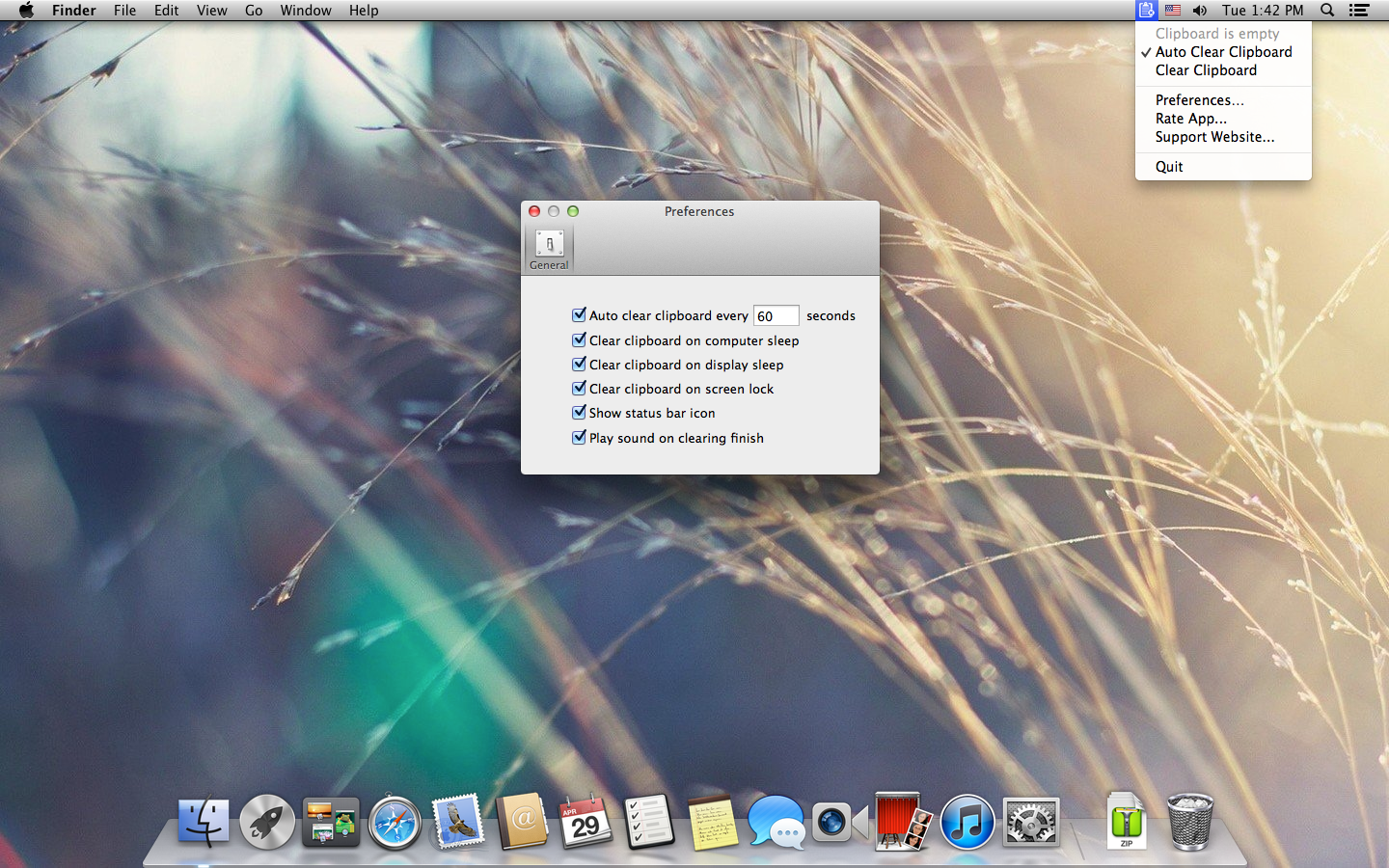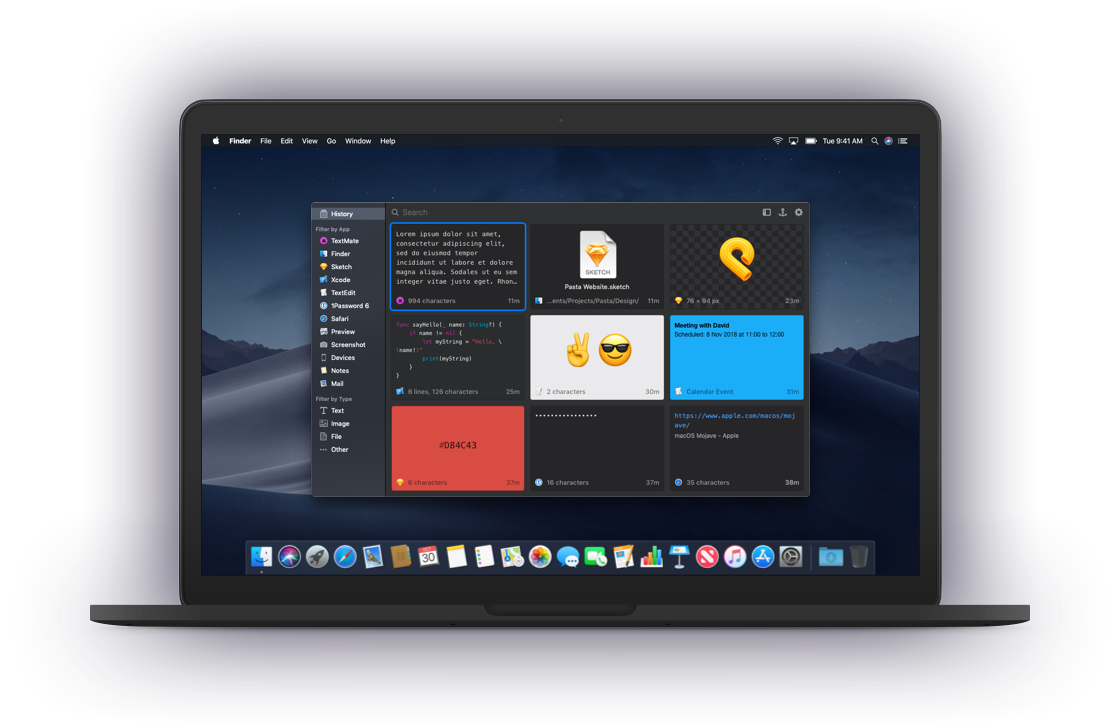

You can install it with apt-get.įrom there, you can start passing things to the clipboard using xclip as your destination.

To do the same magic on Linux, you need to install a program to do the work for you. | Set-Clipboard Linux (probably not all variants) You can also pass it the -Append parameter to keep building a result in the clipboard. PowerShell 7 also offers its own command: Set-Clipboard. So, for example, if you want to dump the current directory’s file listing to the clipboard, you would run ls | pbcopy or Get-ChildItem. Should it matter to you, pbcopy will append an extra line break to whatever you feed it.

Whether you are in Terminal or PowerShell Core, you can use the macOS pbcopy application to get output to the clipboard. For those PowerShell Core version, you’ll have to pass your output to the OS-specific version like clip or pbcopy, which is the magic program to use on macOS. It simply shows you the last thing you copied Id would be nice if it showed a history of all of the things that youve copied. Just copy anything from any app and see Finders Clipboard change. What you see is what will be pasted when you -v. The Set-Clipboard command isn’t available on PowerShell Core versions before 7. Toyworks11: What you see on the clipboard is already copied. PowerShell 7 or the older non-Core PowerShell also offers its own command: Set-Clipboard that won’t append the line break. | clip, with dir working in both cmd and all flavors of PowerShell and the later only working in PowerShell. Should it matter to you, clip will append an extra line break to whatever you feed it.įor example, to dump your file listing to the clipboard, you would run dir | clip or Get-ChildItem.
#CLIPBOARD MAC OS WINDOWS#
Whether you are in Command Prompt or PowerShell (old-school or Core), you can use the Windows clip application to get output to the clipboard. On Linux, you can install a tool to have the same functionality. In the case of Windows and macOS, there are programs to do this that come with the OS. From there, you can paste it anywhere you please. You can send the output from any command to one of these applications, and the output will be available in your clipboard. Now, how do you get it out of your terminal and take it somewhere else, like an email, chat, or document?įortunately, there are already programs out there to make this easy. You’ve just figured out the exact piece of information you need from a command line call. NOTE: Updated for PowerShell 7, with Set-Clipboard available to supported platforms (Linux still requires xclip).


 0 kommentar(er)
0 kommentar(er)
